You’ve decided to try and go vegan, and that’s awesome.
But it’s also not easy.
The first few months after going vegan for me felt weird. It feels a lot like when you’re traveling to a new place and don’t speak the language well – you feel lost and uncomfortable.
Hopefully I can make this transition easier.
Through my personal experience, and the experience of other vegans I’ve talked to, I’ve created this step-by-step guide to making going vegan easier. It’s long, but as simple as possible.
Step 1: Decide If You Should Go Vegan Overnight
Some people go vegan overnight, while others transition slowly over weeks or month.
The best option depends on your situation. Specifically, 4 factors affect the answer:
- Personality – When you commit to something, do you stick it through no matter what? If so, going vegan overnight becomes an option. If you often get overwhelmed, stick to a slower transition.
- Conviction – How important is this for you? If you feel absolutely terrible about eating animal products, you likely have enough motivation to go vegan overnight. If you just feel a bit bad, you may not have the motivation needed for a quick transition.
- Money – It’s a lot easier to go vegan overnight if you have a lot of disposable income. Can you afford to shop at “fancy” vegan stores and buy expensive vegan foods?
- Opportunity – Do you have time to spend reading and shopping and cooking? Or are you overloaded with work and other commitments? Making a huge change overnight requires that you have a decent amount of time and energy to devote to it. Are you in a country that has wide availability of vegan products?
All those factors will push you towards one answer or another.
You may feel bad about doing it slowly, but if that gives you a higher chance of making the long-term switch to veganism, it’s the right choice.
If you choose to transition slowly…
How do you do it?
There are 2 main approaches.
The first is to start eating more vegan meals, a little at a time.
A great start is to begin with meatless (or meat-free) Monday (maybe you already have).
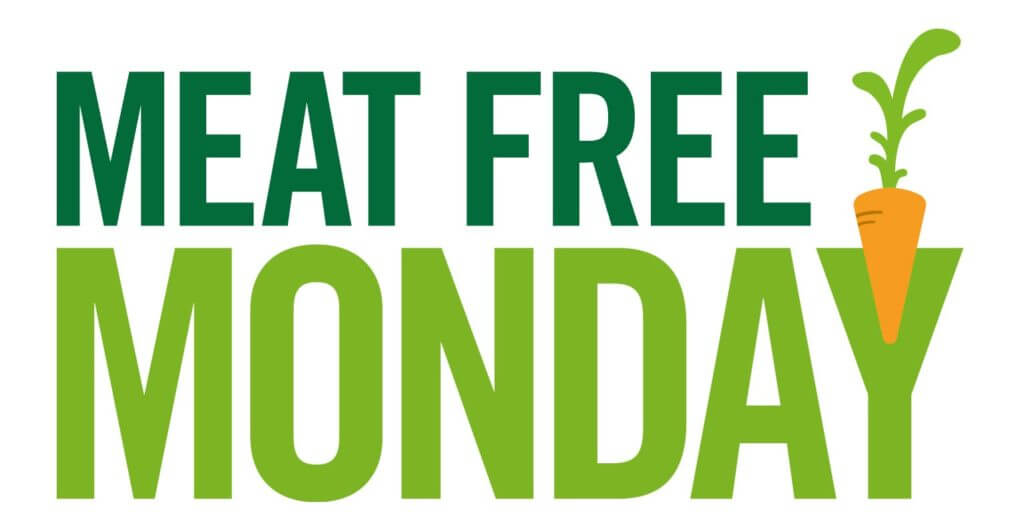
Then the next week (or every 2 weeks), increase it to two days of meat-free meals (maybe Monday and Thursday).
Then go to 3 days, 4 days, and so on.
The second approach is to cut out animal products one at a time.
Maybe you cut out chicken first, and then a week or two later, cut out beef, and so on. Starting with your least favorite animal products makes this easier. Most stories I’ve heard of this approach end up leaving dairy until the end.
Step 2: Deal With Leftover Non-Vegan Foods
If you decide to go vegan overnight, or as quickly as possible, that means you’ll probably have animal products leftover.
There are 3 main ways to deal with non-vegan leftovers:
- Donate them
- Give them to friends or family
- Eat them or toss them
It can be tempting to “cleanse” your household of animal products and throw them all out, but that should be your last option.
The point of being vegan reduces the demand for animal products so fewer animals are harmed. But if you’ve already bought something that can’t be returned, the damage is done.
Throwing it away is not going to make any impact on whether or not a company continues to sell a certain product or use animal ingredients.
Step 3: Don’t Worry About Tricky Non-Vegan Ingredients
You don’t need to be a strict vegan right away to make a huge impact.
There are so many tricky non-vegan ingredients you’d never expect (e.g. not all wall paint is vegan). You’ll be overwhelmed if you’re trying to be perfect from the start.
Do yourself a favor and don’t worry about these grey areas of veganism until later on when you’re more comfortable.
They will account for a huge portion of stress during your transition, and don’t make much of an impact compared to the obvious animal products (i.e., meat, dairy, etc.). Cutting out obvious animal products accounts for 99%+ of the impact of going vegan.
For example, the vitamin D3 added to many cereals technically aren’t vegan because they add vitamin D to them that is derived from animals. The amount is literally a few micrograms (barely visible).
Eventually, and I really want to stress that it doesn’t need to happen for quite some time, you can start revisiting these things once you feel less overwhelmed.
Step 4: Make a List of Vegan Essentials to Buy
When I went vegan, I had no clue what I was going to eat.
Hopefully you’re not as clueless as I was. But if you are, take a look at my detailed guide to Whole Foods, it’ll give you a good idea of what your options are. A good place to start is to find vegan substitutions for ingredients or foods that you often eat.
Otherwise, keep it simple.
Most vegans will keep the following in stock:
- Fruits and vegetables
- Bread
- Plant milk (almond or oat)
- Tofu (most people prefer firm or extra firm) – You can also try freezing tofu
- Canned beans (e.g., chickpeas, black beans, kidney beans)
- Pasta ingredients (noodles and tomato sauce)
- Oatmeal
- Nuts and nut butters
- Rice
Always choose the simple option at first. For example, I now buy dry beans in bulk because it’s cheaper and I like to sprout them. But at first, canned beans (which are already cooked) are so much easier, and still fairly cheap.
Finally, try to plan ahead to avoid any temptations. Prepare vegan snacks for work, and create a meal prep shopping list.
Step 5: Make a List of SIMPLE Vegan Recipes
You may not know a single vegan dish, but there are thousands out there. My bookmarks are currently overflowing with recipes I’d like to make.
For now, stick to recipes that are as simple as possible. Stir-frys, salads, curries, and pasta are all great things to make.
Here are a few of my favorite vegan recipe blogs, and other links to help you find recipes:
- Minimalist Baker (Focuses on simple recipes that are mostly vegan)
- OhSheGlows
- VeganRicha
- CookieAndKate (Here’s an awesome simple bean salad that I love)
- 150+ High protein vegan recipes (great for athletes)
- Vegan TV shows
Once you get more comfortable with cooking, then you can spice things up. Vegan cooking can be really fun, you get to experiment with lots of things, and you can still do things like grilling and barbecuing.
Step 6: Find the Best Local Vegan Grocery Stores
Any big grocery chain will have plenty of things that are vegan, although you may not have noticed them before.
If you live in a fairly large city, you may be able to find “health food” grocery stores, which usually have a lot of vegan stuff.
A simple Google maps search for “vegan grocery stores” should reveal your best options:
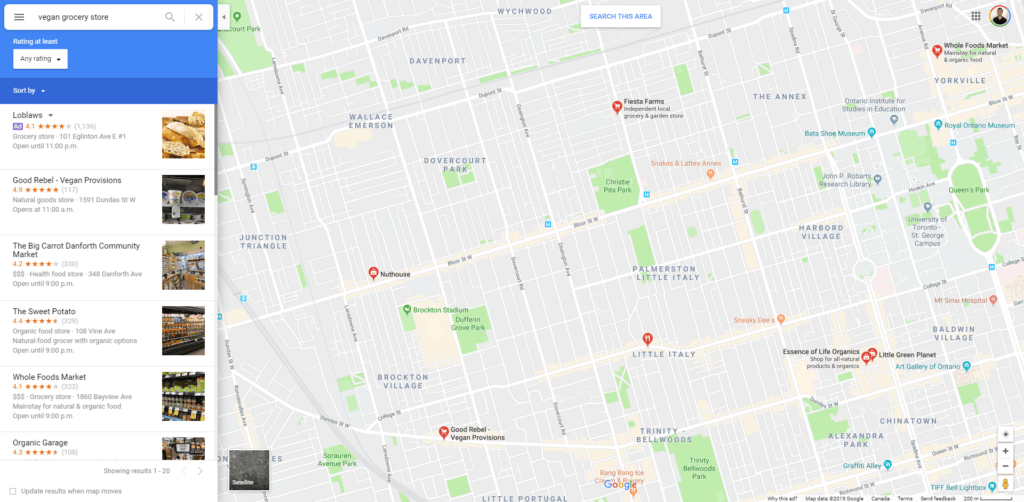
Whole Foods is awesome if you have one close by, they have tons of vegan things, and still have your standard groceries.
If you have no local grocery stores, there’s likely an online site that will ship to you. For Canadians, Vegan Supply is amazing, and there are many good online shops for Americans.
If you Can Afford to, Eat Out a Bit
If you’re feeling overwhelmed and stressed about the changes, it can be nice to have someone else cook for once.
Again, Google is your best friend. Look for vegan restaurants.
In small cities, there may be none. However, many ethnic restaurants serve vegan dishes.
Your best bets are:
- Indian restaurants
- Asian restaurants (particularly Chinese food, think tofu, spring rolls, noodles)
- Sushi (avocado, tofu, and yam rolls are usually vegan)
Step 7: Do You Need Any Supplements?
Many new vegans are worried that they’re going to be missing essential vitamins and get sick (or die!).
The only essential vitamin missing from a typical vegan diet is vitamin B12. Yes, you will need a vegan vitamin B12 supplement at some point, but probably not this second.
If you’ve been eating meat, your vitamin B12 stores will last for years, and many vegan foods are fortified with them. So while taking a supplement won’t hurt, it’s something that can be delayed for a while so that you can focus on other parts of the diet.
There are a few other nutrients that are hard to get as a vegan. Iron is a big one, but with some planning you can get enough from your diet. Personally, my iron is a bit lower after going vegan, but I can still donate blood with no issues.
Here’s a free printable vegan nutrition chart that can help you figure out how to get those nutrients that vegans often lack.
Alternatively, I have dedicated pages to the best plant based sources of each of the above nutrients:
- The Best Vegan Food Sources of Calcium
- The Best Vegan Food Sources of Iron
- The Best Vegan Food Sources of Zinc
- The Best Vegan Food Sources of Omega 3 Fats
Look into these and make sure you address them with food or a supplement.
If you’re ever really worried about your mineral and vitamin levels, go see your doctor and get a blood test done.
What About Protein?
If you weight lift or play sports, it can be tricky hitting your protein targets (although you may not need as much protein as you think).
See my complete guide to getting enough protein as a vegan if you’re concerned about this.
The one supplement that I do use on a regular basis besides vitamin B12 is protein powder. A while ago I bought every powder I could get my hands in and tested them. I put together a page on the best tasting vegan protein powders to help other vegans in a similar situation.
Step 8: You’re Going to Make Mistakes, That’s OKAY
You’re accidentally going to buy things that you later realize aren’t vegan.
Don’t beat yourself up about it.
I’m typically very careful about reading ingredient lists and trying to be 100% sure about what’s in the food I eat, but I still make mistakes.
Most recently, I bought a protein bar online from a brand that I thought only made vegan products. Turns out, they make a single non-vegan bar, and that was one of the ones I bought.
If you can return it, great. If not, try to find a friend that would typically eat something like that (so the overall demand levels out).
Step 9: Track Your Nutrition
One of the biggest challenges of going vegan is making sure you’re eating enough, and getting all your vitamins and minerals.
The easiest way to do this is to track your food intake for a while using a food tracker like Cronometer (free). I’ve done a review of food tracker apps for vegans here.
I Promise – It Will Get Easier
If you follow everything in this guide, the transition won’t be as uncomfortable as going in blind.
But, it’s still going to be challenging. You’re going to run into challenges after going vegan.
Over time, it will start to feel completely normal. For me, that took about 2 months or so.
I can’t even imagine eating any other way at this point. It’s a part of me and my values, and trying to be the person I want to be.
And it will be for you too.
When you find it especially hard, remind yourself why you’re going vegan. That might mean reading animal rights blogs and watching related videos.
I also recommend visiting the Vegan Calculator to see how much of a difference you’re making.
Finally, you don’t need to become the stereotypical hardcore vegan.
You don’t need to be a vegan activist at a cube of truth, get an animal rights tattoo, pursue a vegan career, or invest in vegan stocks and companies if you don’t want to.
You get to decide on your own definition of veganism.
I hope going vegan seems like a more achievable goal now. If you have any questions at all, just leave them below and I’ll try to help.
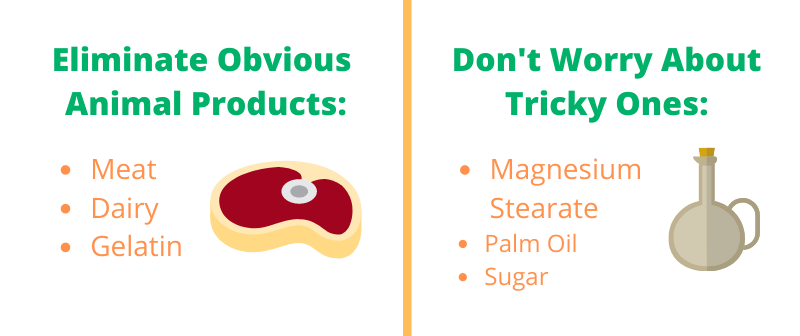
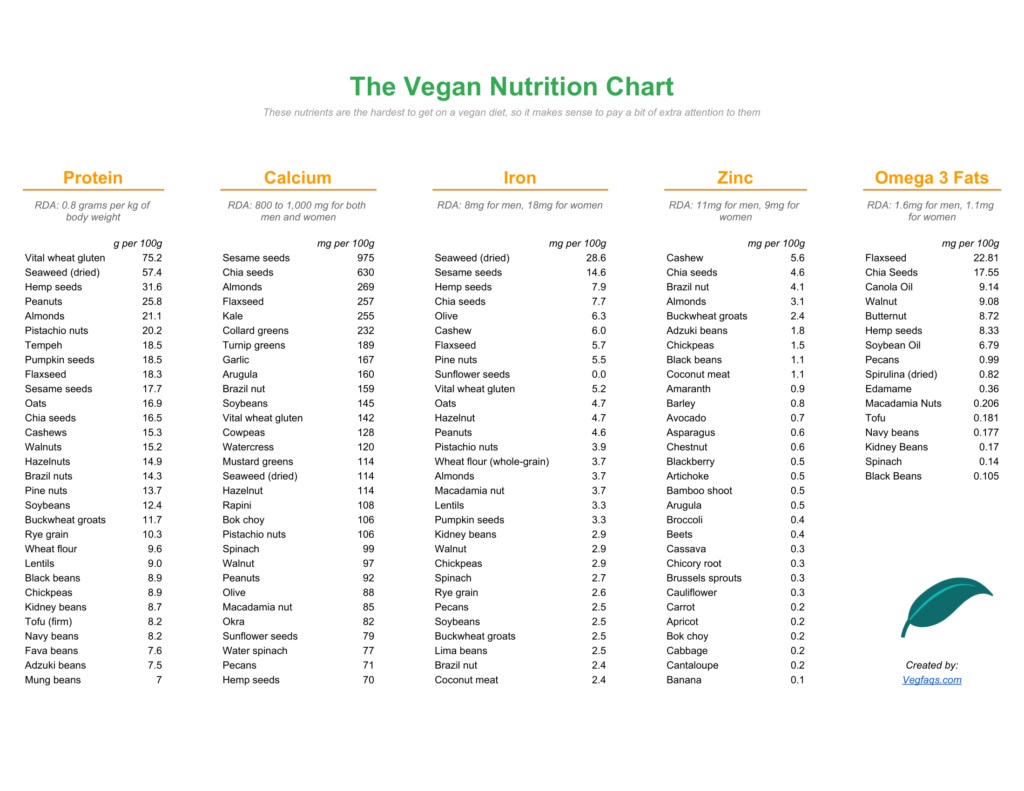

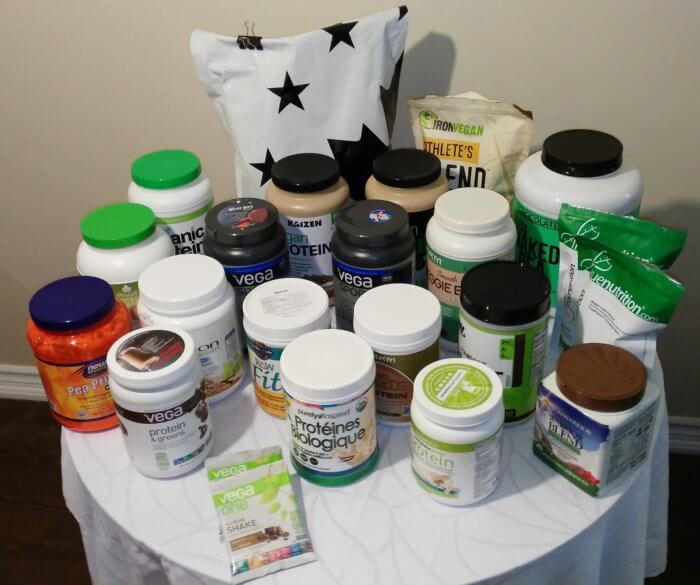
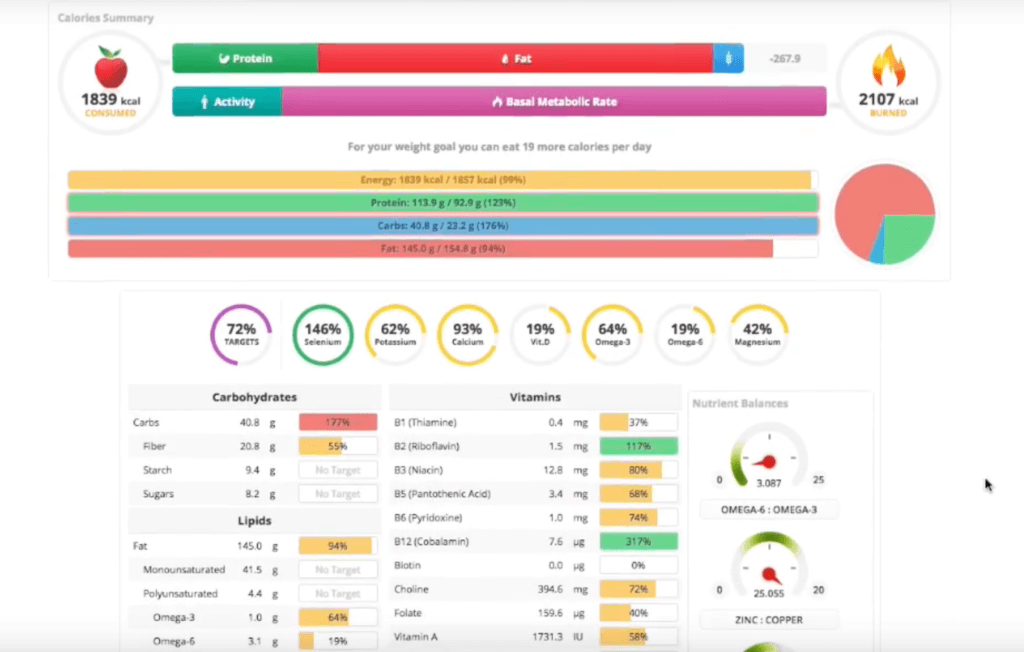
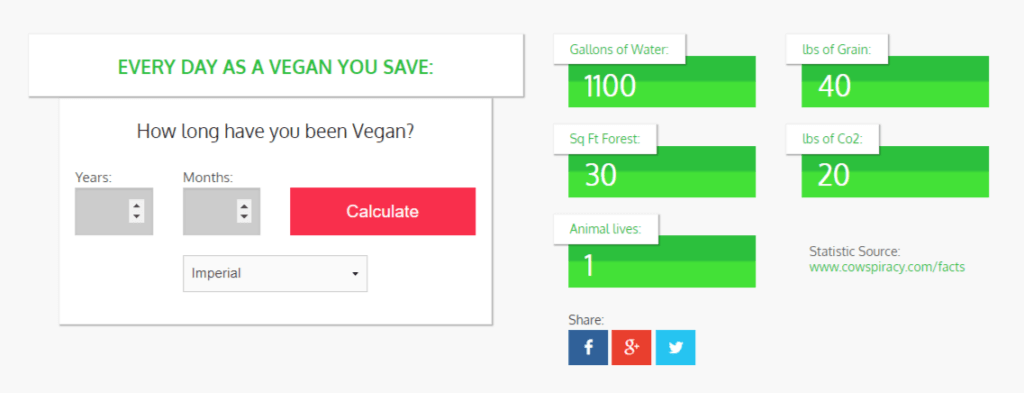

Thank you so much I was lost , I’m on my 3rd week and I start to feel lost like am I doing it right but your article helps me so much thank you.
Keep with it Malak, it will feel completely natural before you know it (probably took around 2-3 months for me).